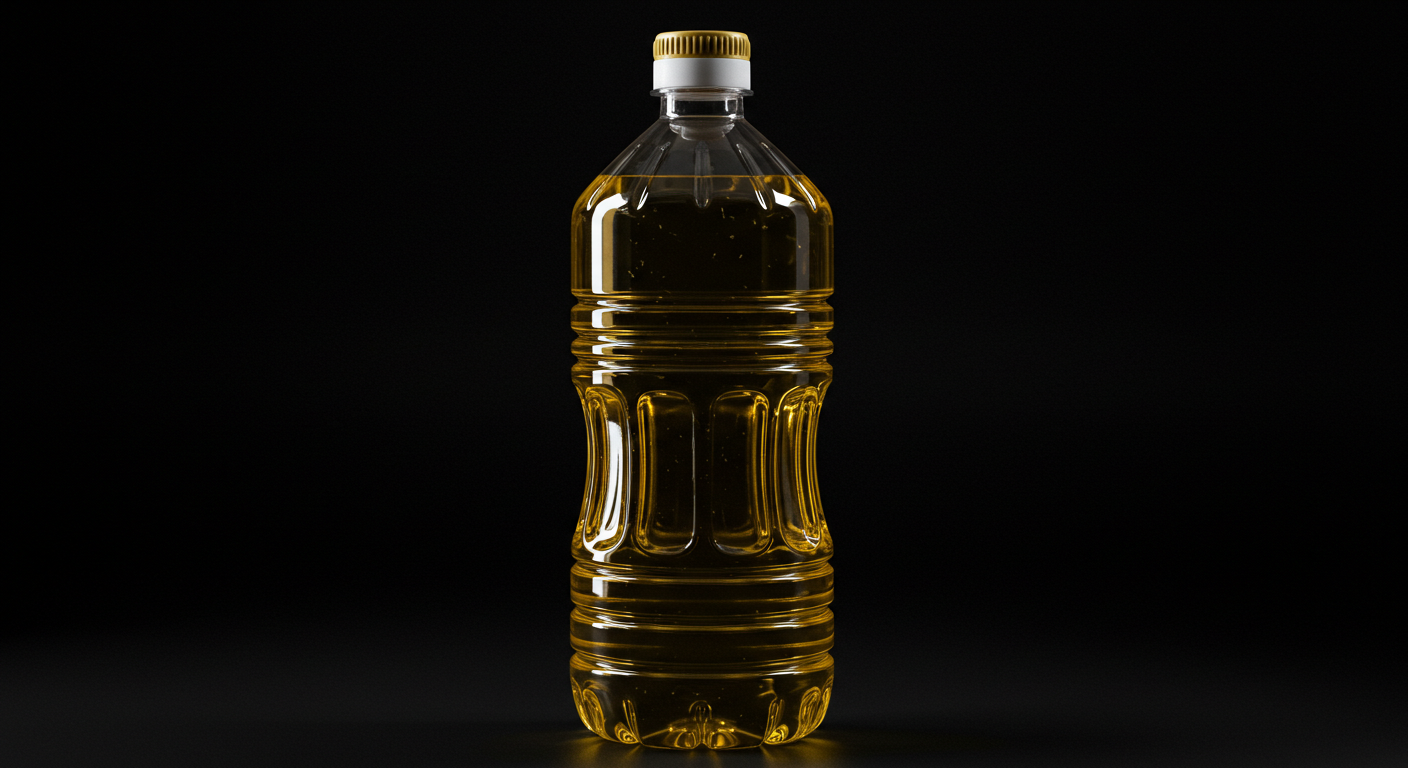Dr. Kumar’s Take:
Linoleic acid (LA), often praised as a “heart-healthy” fat, may actually cause more harm than good when consumed in large amounts. According to this review, high intake of LA from vegetable oils leads to inflammation, blood clotting, insulin resistance, and even higher risk of heart disease and diabetes. Keeping a better balance between omega-6 and omega-3 fatty acids is critical for staying healthy.
Key Takeaways:
✔ Humans evolved eating a balanced 1:1 to 2:1 ratio of omega-6 to omega-3, but today’s Western diet has a 20–30:1 ratio, mostly from linoleic acid.
✔ High intake of linoleic acid promotes inflammation, blood clots, insulin resistance, and LDL oxidation.
✔ Reducing linoleic acid intake and increasing omega-3 intake may help lower the risk of heart disease, diabetes, and chronic inflammation.
Actionable tip:
Swap processed vegetable oils (like corn, soybean, sunflower, and safflower oil) for healthier fats such as olive oil, avocado oil, and coconut oil. Increase your intake of omega-3-rich foods like fish, walnuts, and flaxseeds to restore a healthier balance.
Brief Summary:
This review explains how humans historically ate equal amounts of omega-6 and omega-3 fats, but now consume too much omega-6—especially linoleic acid (LA) from vegetable oils. Excessive LA intake promotes harmful biological effects like inflammation, blood clotting, vasoconstriction, and insulin resistance. These changes can increase the risk for heart disease, type 2 diabetes, and chronic inflammatory diseases. Managing LA intake and restoring balance with omega-3 fats is critical for long-term health.
Study Design:
This was a comprehensive scientific review of dietary fatty acids, focusing on evolutionary diets, biological effects of different fatty acids, and human clinical studies linking fatty acid intake to chronic diseases like heart disease and diabetes.
Results:
- The intake of linoleic acid skyrocketed over the last 150 years with increased vegetable oil consumption.
- High LA intake increases inflammatory molecules like prostaglandins, thromboxanes, and leukotrienes.
- Too much LA causes blood clotting, vasospasm, and vasoconstriction, which raises heart disease risk.
- LA interferes with the body’s ability to convert ALA (plant omega-3) into EPA and DHA (long-chain omega-3s needed for heart and brain health).
- High LA content in muscle membranes is linked to insulin resistance, a major driver of type 2 diabetes.
- Higher n-6 to n-3 ratios in diet and blood are associated with higher death rates from heart disease.
How Linoleic Acid Impacts Health
When people consume too much LA, their bodies produce more inflammatory substances that make blood thicker, promote artery narrowing, and raise the risk for clot formation. Linoleic acid also oxidizes LDL (“bad cholesterol”), making it more likely to build up in artery walls. High levels of LA in muscle tissues are tied to poor insulin function, increasing the risk for type 2 diabetes.
By crowding out omega-3 fatty acids, excess LA makes it harder for the body to fight inflammation, contributing to many chronic diseases over time.
Related Studies and Research
Soybean Oil and the Omega Balance Shift – Highlights the rise of LA-rich oils and their impact on human health.
Linoleic Acid and Obesity: A Review – Explores the obesogenic potential of high-LA diets.
Railway Workers, Diet, and Heart Disease in India – A real-world case study of diet-driven disease shifts.
Linoleic Acid Rise in U.S. Adipose Tissue – Biochemical trends that reflect long-term changes in fat intake.
Omega-6 Linoleic Acid and Heart Disease Risk – Explores cardiovascular outcomes associated with high omega-6 intake.
Trans Fats and Heart Disease Risk – Provides historical and mechanistic parallels in fat-related disease risk.
Inflammation and Cardiovascular Disease – Discusses the chronic inflammation component tied to dietary fat quality.
Frequently Asked Questions
Why is linoleic acid called an “essential” fatty acid if it can be harmful?
Linoleic acid is essential because the body cannot make it and needs a small amount for cell function. However, the problem arises when we consume 10–20 times more than necessary, leading to inflammation and disease.
How much linoleic acid should I eat?
Most experts recommend limiting linoleic acid intake to restore a better balance with omega-3s. Aim for a n-6:n-3 ratio of 4:1 or lower.
Which foods are high in linoleic acid?
Common sources include corn oil, soybean oil, sunflower oil, safflower oil, processed foods, fast foods, and many commercial salad dressings.
What oils are safer to use?
Use oils low in linoleic acid, such as extra virgin olive oil, avocado oil, coconut oil, butter and ghee.
Conclusion
While linoleic acid is essential, too much of it—especially from processed vegetable oils—pushes the body toward inflammation, blood clotting, and chronic disease. Balancing intake by reducing vegetable oils and increasing omega-3-rich foods can help protect heart health, lower the risk of diabetes, and support better overall wellness.


